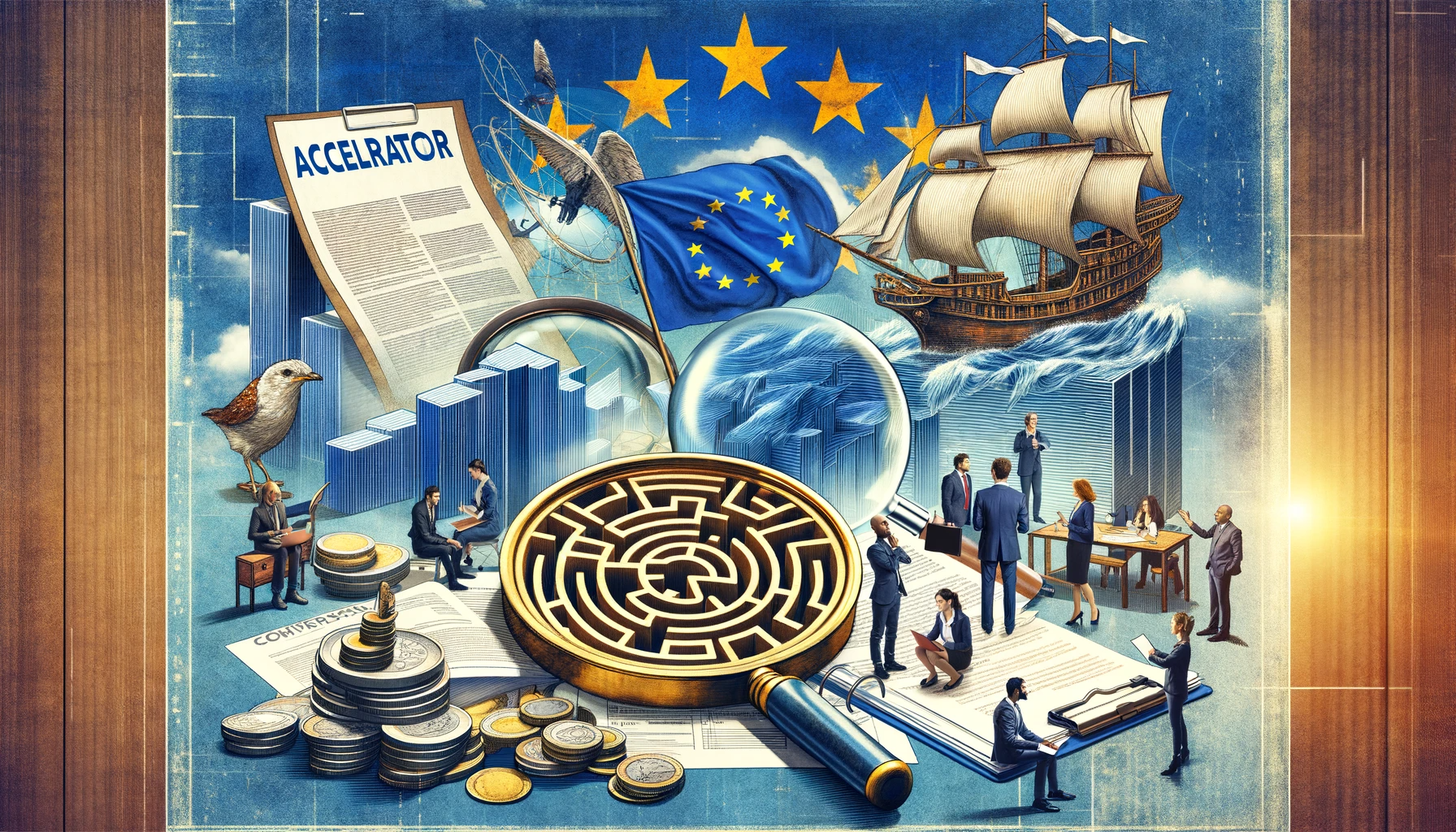Navigating Uncertainty: The Challenge of Inconsistent Deadlines in Grant Applications
Introduction The application process for grants, particularly in programs like the EIC Accelerator, is fraught with complexities. One significant challenge that applicants face is the inconsistency in the number and timing of deadlines. This article delves into how such irregularities create uncertainty and the strategies applicants can adopt to mitigate these challenges. The Impact of Inconsistent Deadlines Planning Difficulties: Inconsistency in deadlines makes it challenging for startups and SMEs to plan their application process. Long-term strategic planning becomes difficult, affecting the quality and timeliness of proposals. Resource Allocation Issues: Fluctuating deadlines can lead to inefficient allocation of resources. Companies might either rush to meet a sudden deadline or experience idle periods waiting for the next opportunity. Increased Stress and Pressure: Uncertainty in deadlines can lead to heightened stress for teams responsible for preparing applications. This pressure can adversely affect both the mental well-being of staff and the quality of the applications. Opportunity Costs: With unpredictable deadlines, companies might miss out on other opportunities, including alternative funding options, due to their focus on preparing for a potentially imminent deadline. Strategies to Overcome Deadline Uncertainty Stay Informed and Updated: Regularly check official sources for updates on deadlines. Subscribing to newsletters or alerts from the European Innovation Council and SMEs Executive Agency (EISMEA) can provide timely information. Develop Flexible Plans: Create adaptable project plans that can be adjusted according to changes in deadlines. This flexibility can help maintain momentum regardless of deadline shifts. Allocate Resources Wisely: Instead of overcommitting resources at the last minute, adopt a staggered approach. Allocate a dedicated team to work on the application in phases, ensuring continuous progress without overwhelming resources. Leverage Professional Support: Engage with professional writers, consultants, or agencies that specialize in EU grant applications. Their expertise and experience can provide a buffer against the uncertainties of changing deadlines. Prepare a Contingency Plan: Have a backup plan in case of missed deadlines. This could include targeting alternative funding sources or adjusting project timelines. Conclusion The inconsistency in the number and timing of deadlines for programs like the EIC Accelerator presents a significant challenge for applicants. However, by staying informed, planning flexibly, and leveraging professional support, startups and SMEs can navigate these uncertainties more effectively. Adopting these strategies can lead to a more resilient and prepared approach to grant applications, turning a challenge into an opportunity for strategic planning and execution.











